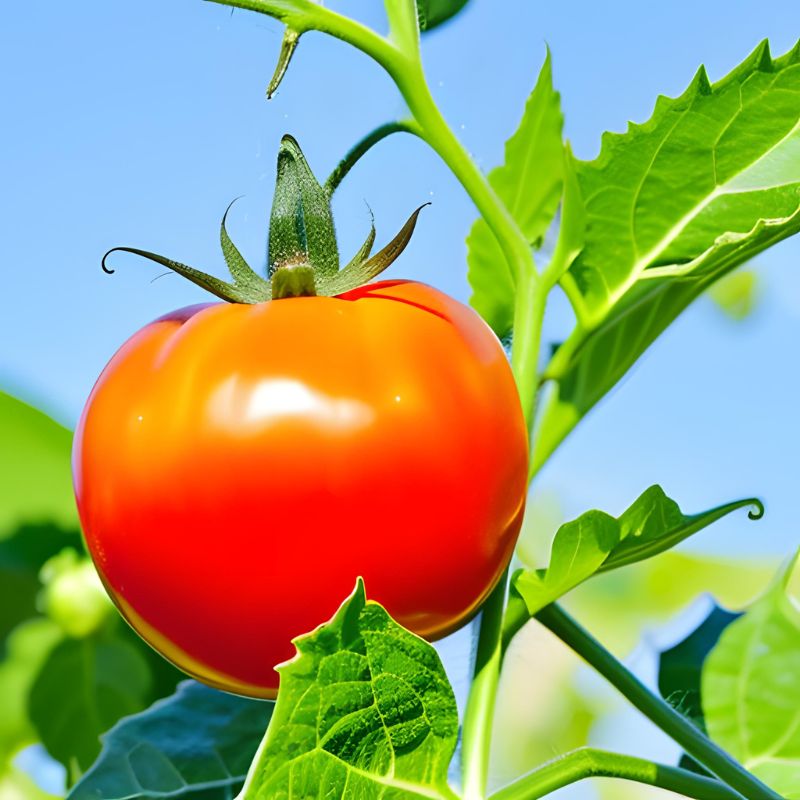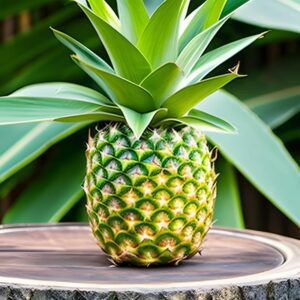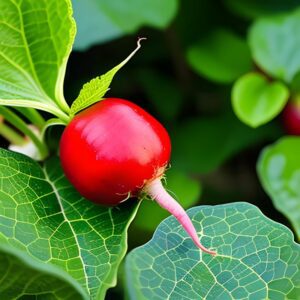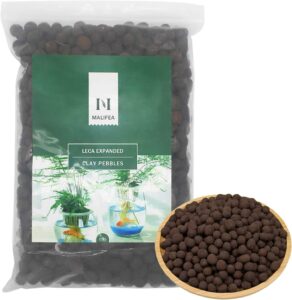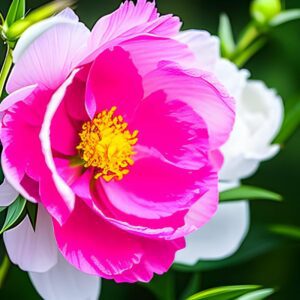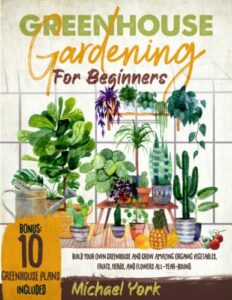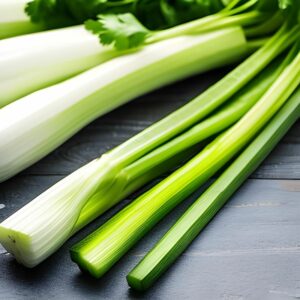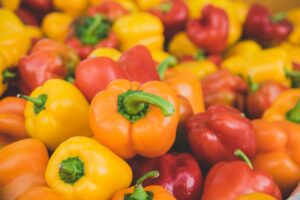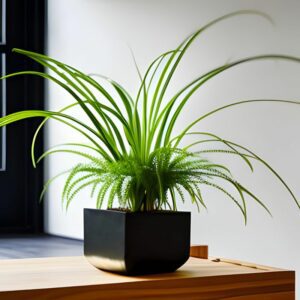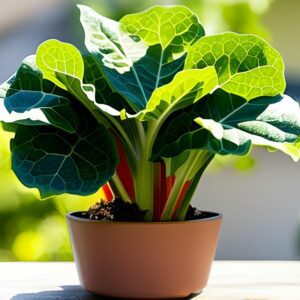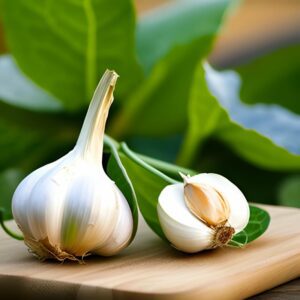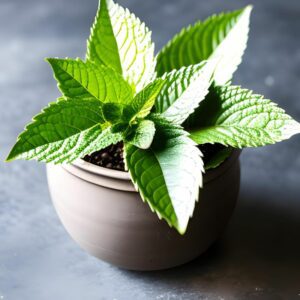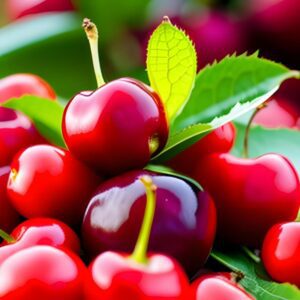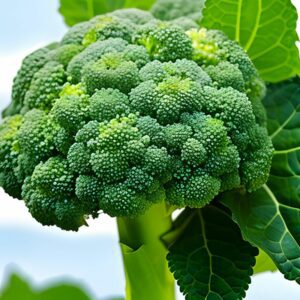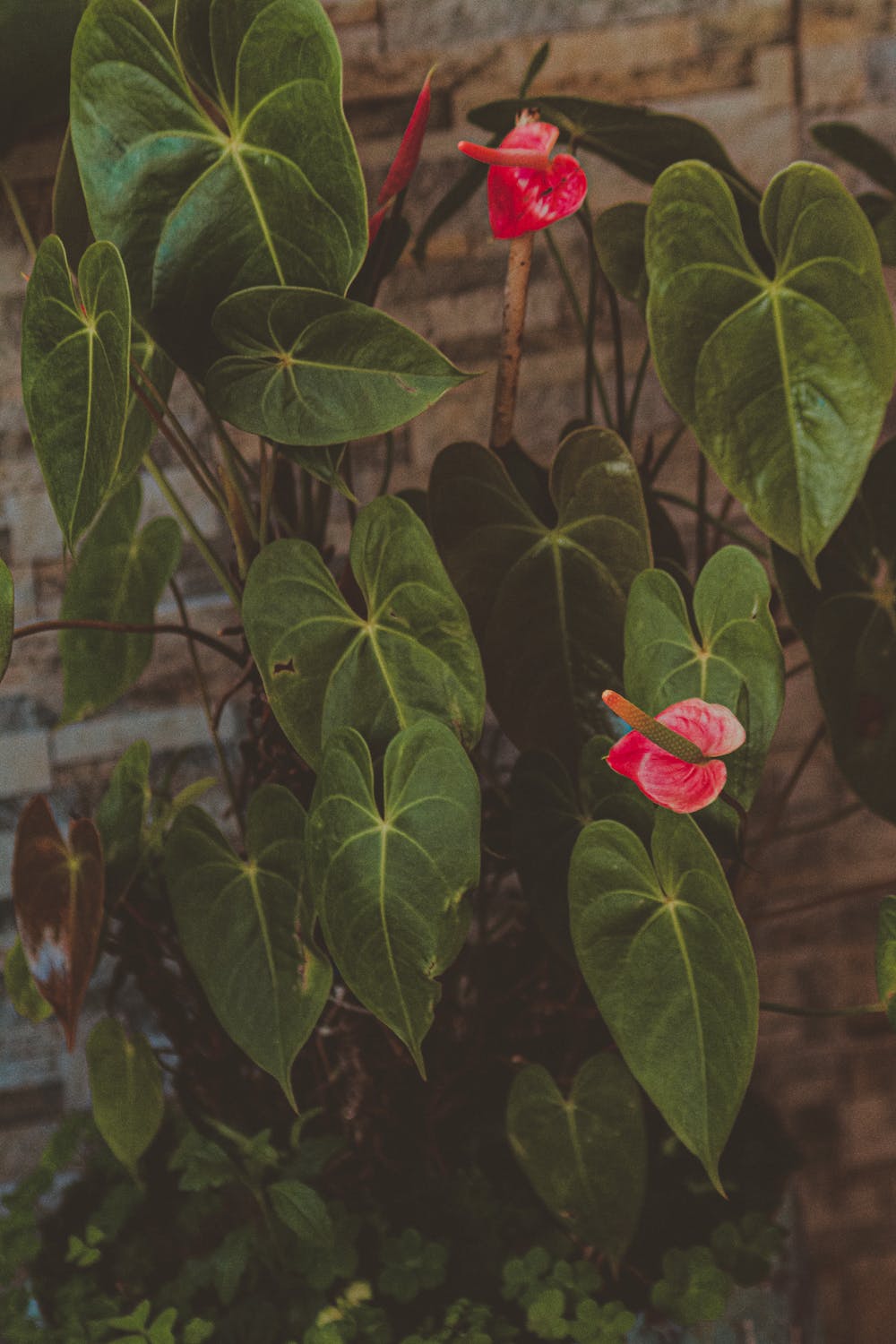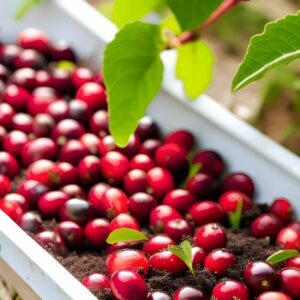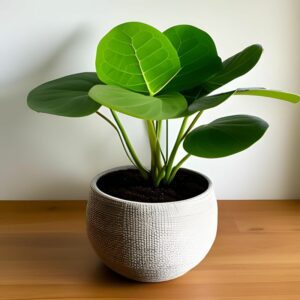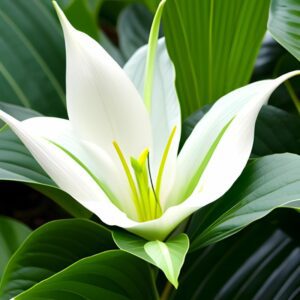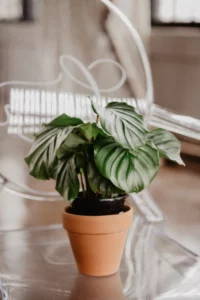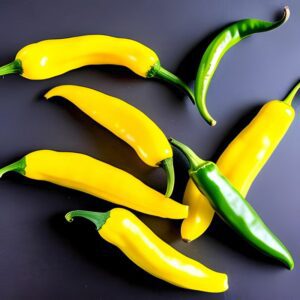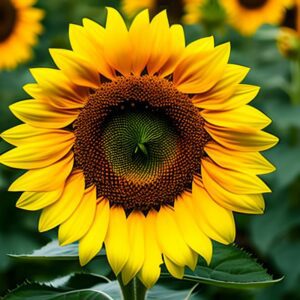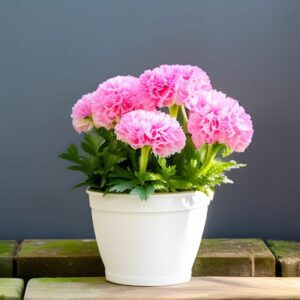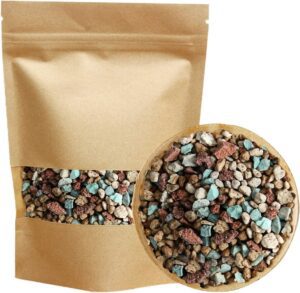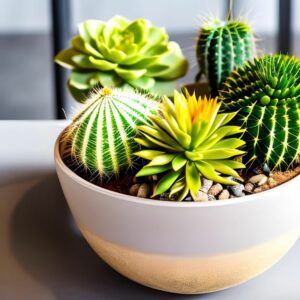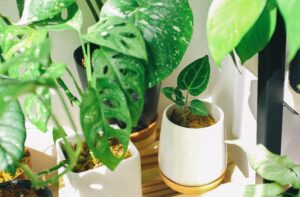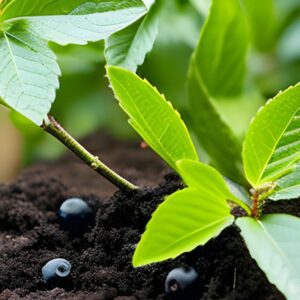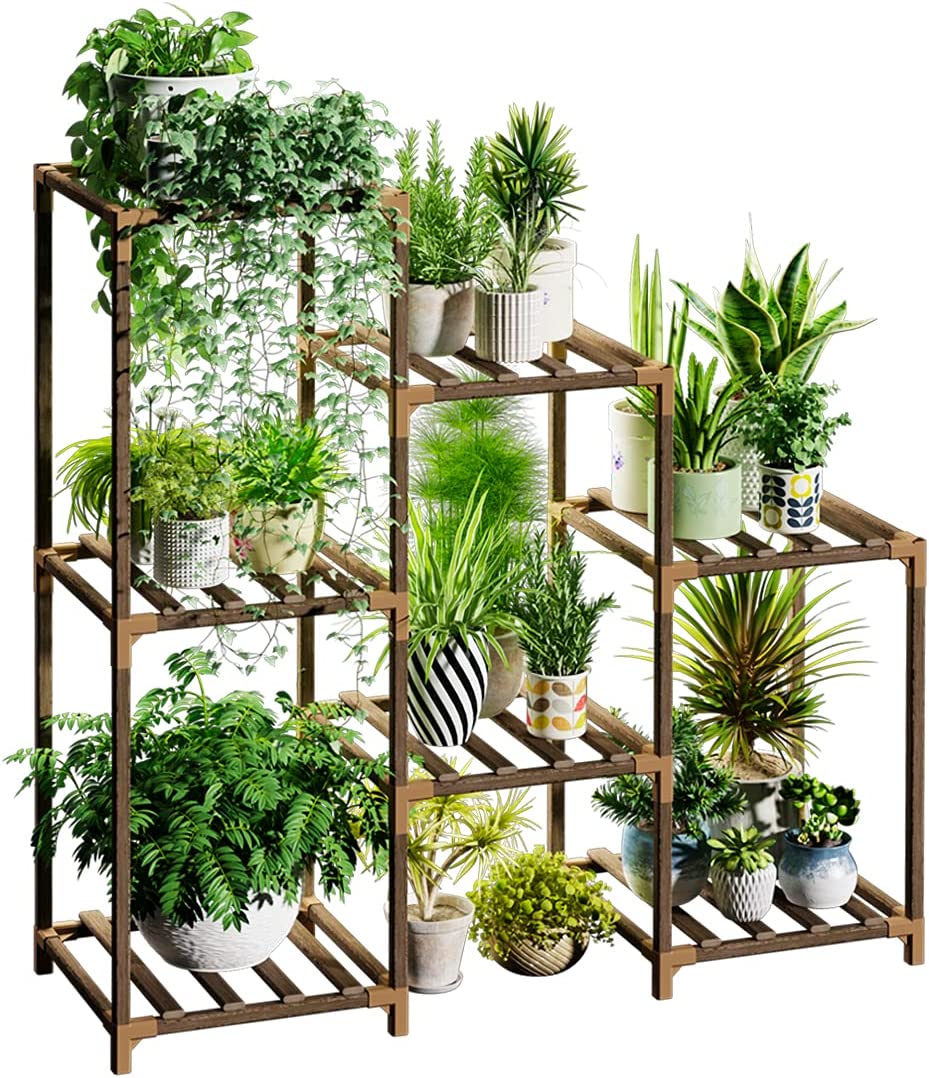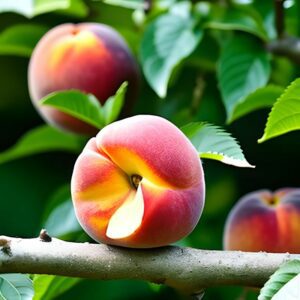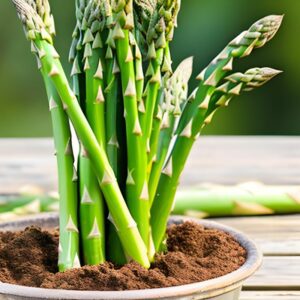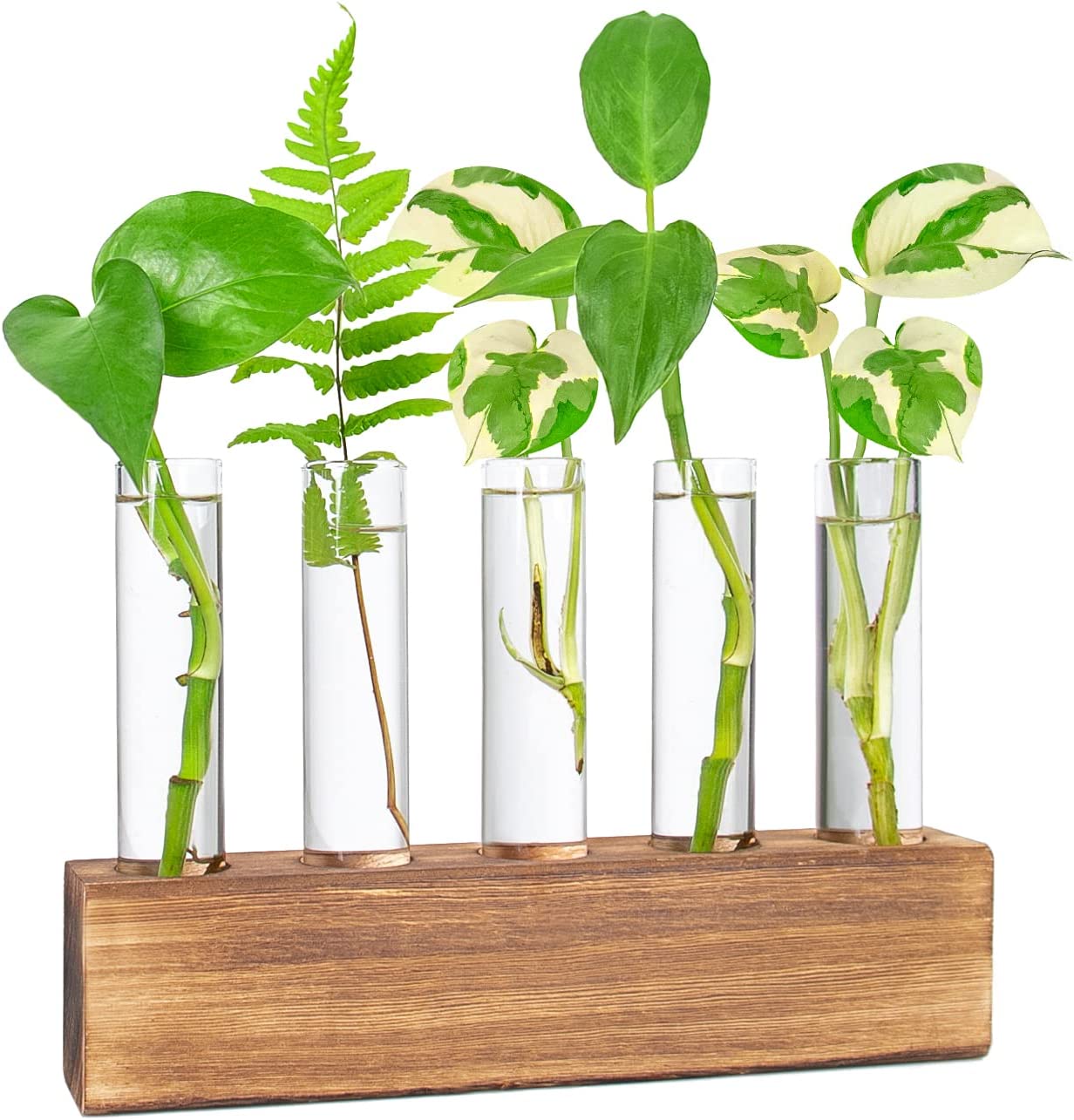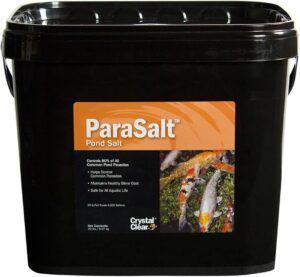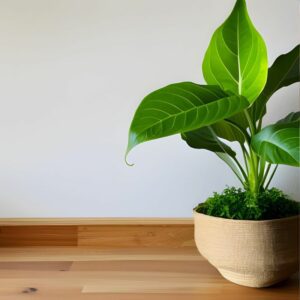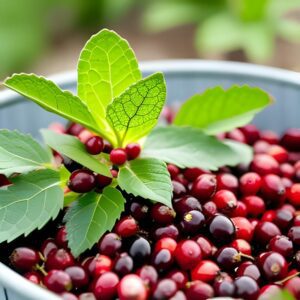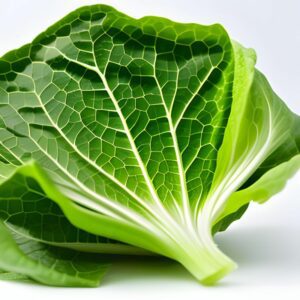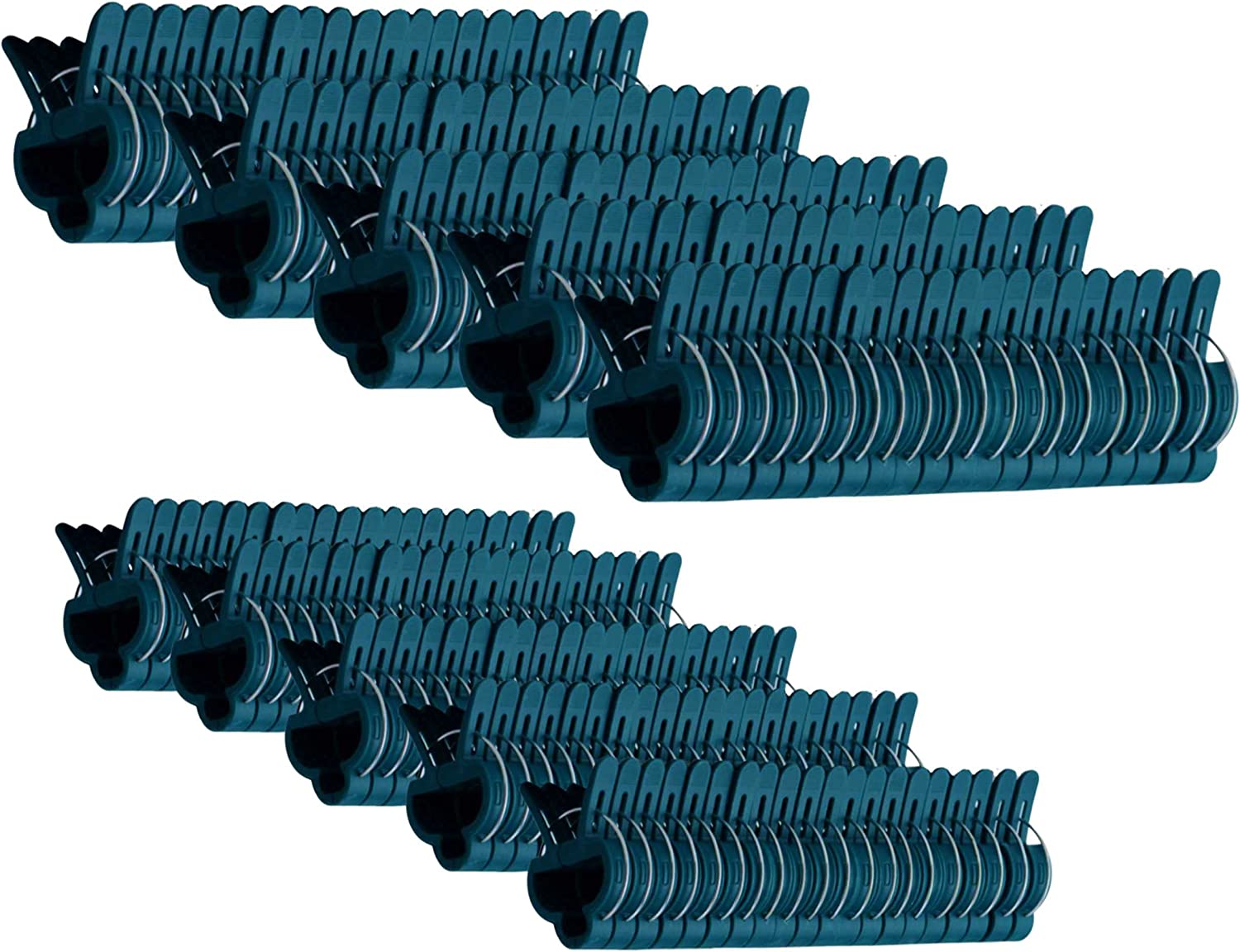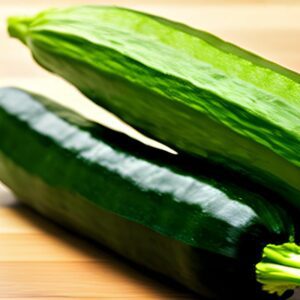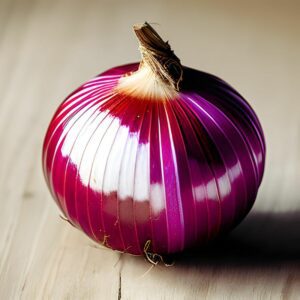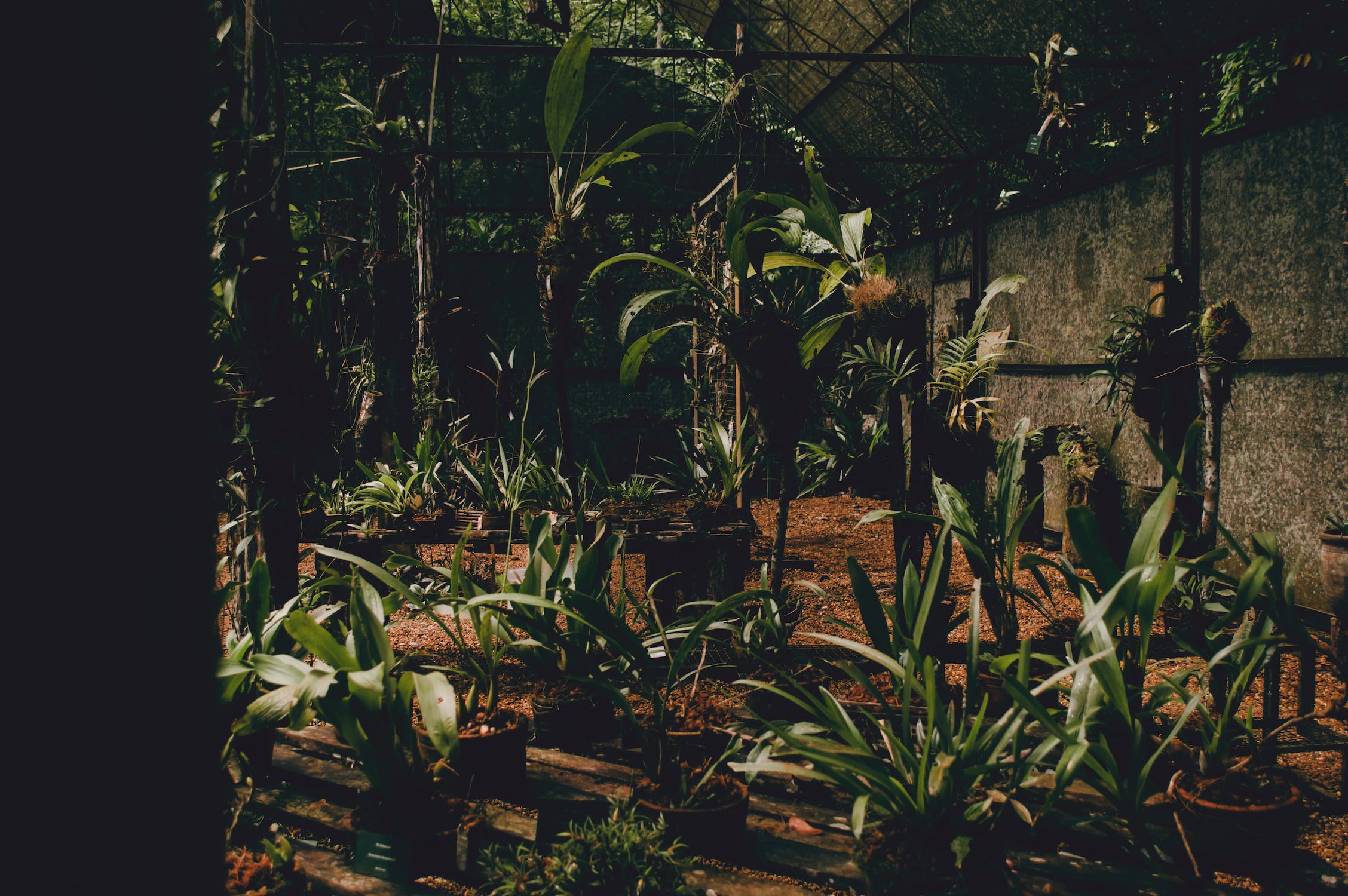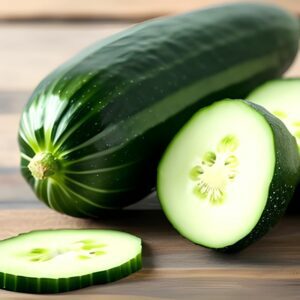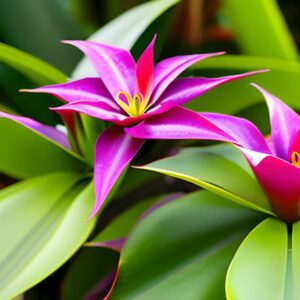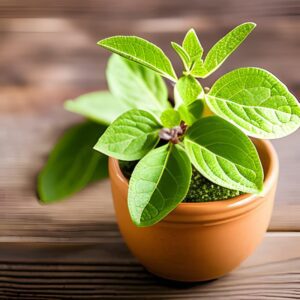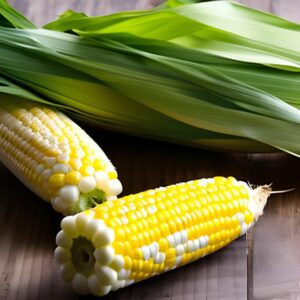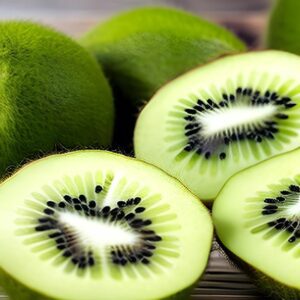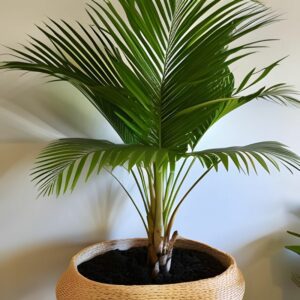Tomato
Vegetables
- Western South-America
- Easy
- 60-80 Days
Introduction
Tomatoes are popular and versatile vegetables enjoyed in various cuisines worldwide. They are native to western South America and come in a wide range of colors, sizes, and flavors. Tomatoes can be eaten raw, cooked, or used in salads, sauces, and many other dishes.
Plant Characteristics
Tomato plants are typically vines that can grow tall or be trained to grow compactly in containers. They have green leaves and produce clusters of fruits. The fruits vary in size, ranging from small cherry tomatoes to large beefsteak tomatoes, and come in different colors like red, yellow, or orange.
Ideal Growing Conditions
Tomatoes thrive in full sun, requiring at least 6-8 hours of direct sunlight daily. They prefer well-draining soil that is rich in organic matter. Tomatoes grow best in warm
Planting Guide
Start tomato seeds indoors 6-8 weeks before the last frost date or purchase young seedlings from a nursery. Transplant seedlings outdoors when all danger of frost has passed and the soil has warmed up. Space the plants about 24-36 inches apart, allowing sufficient room for air circulation. Plant them deep, burying the stem up to the first set of leaves to encourage strong root development.
Watering and Fertilizing
Provide consistent moisture to tomatoes plant, aiming for about 1-1.5 inches of water per week. Water at the base of the plant, avoiding overhead irrigation to prevent foliage diseases. Fertilize with a balanced vegetable fertilizer following package instructions.
Pruning and Maintenance
Remove any suckers (the growth that appears in the leaf axils) to focus energy on fruit production. Support the plants with stakes or cages to prevent them from sprawling on the ground. Regularly check for pests like tomato hornworms and take appropriate measures if necessary.
Harvesting or Flowering
Tomatoes typically start flowering within 40-60 days after planting. Harvest ripe tomatoes when they have developed their characteristic color, are firm but slightly yielding to touch, and have a rich aroma. Gently twist or cut the stem to harvest without damaging the plant.
Post-Harvest Care
Store harvested tomatoes at room temperature away from direct sunlight to allow them to fully ripen. Avoid refrigerating unless they are fully ripe and need to be stored for a longer period. Consume them within a few days for optimal flavor.
Troubleshooting
Tomatoes can face issues like blossom end rot, fungal diseases (such as early blight or late blight), or pests like aphids and whiteflies. Ensure consistent watering and proper air circulation. Use organic fungicides or insecticidal soaps as needed, following instructions.
Fun Facts
Tomatoes belong to the nightshade family, which also includes potatoes, peppers, and eggplants. They are technically a fruit, but are often classified and used as vegetables. Tomatoes come in a variety of shapes and sizes, including heirloom varieties that offer unique flavors and appearances.

